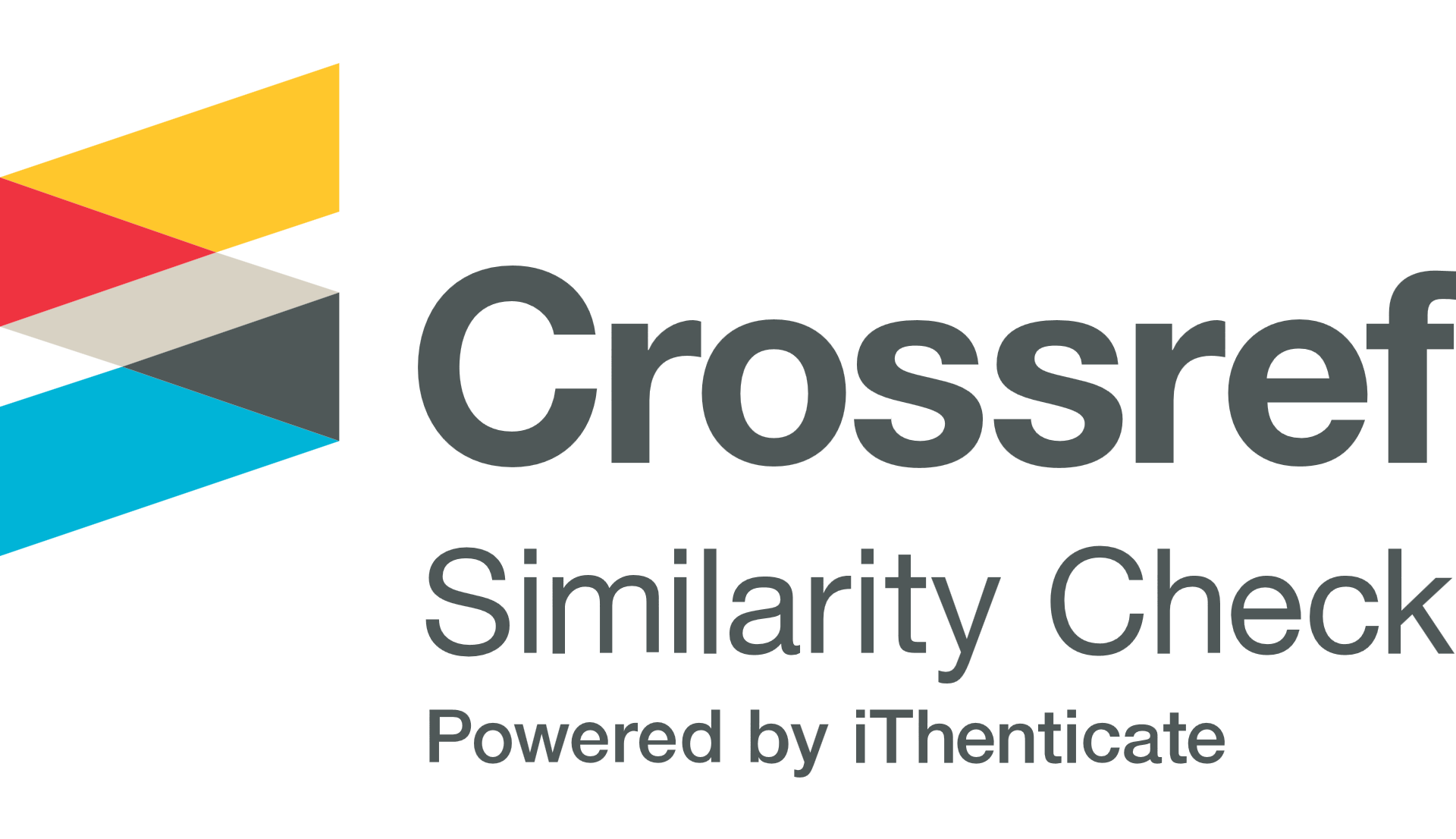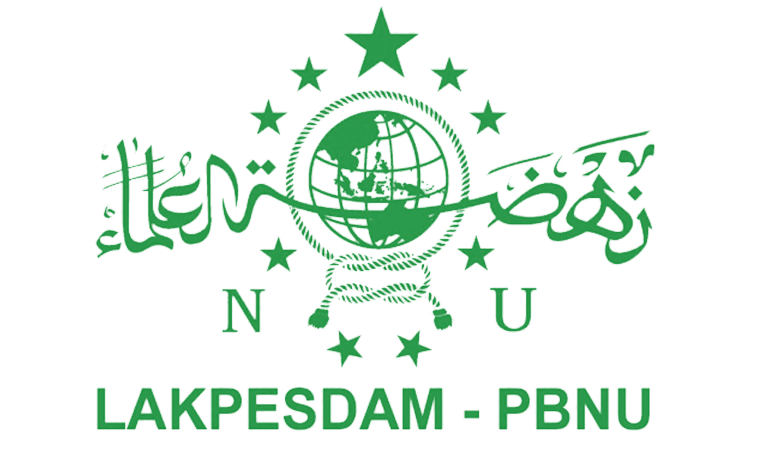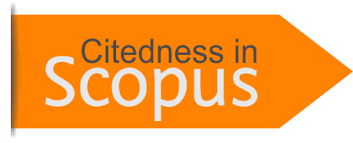A CRITICAL DISCOURSE ANALYSIS OF USTADZ KHALID BASALAMAH’S LECTURE FRAGMENT ON YOUTUBE ABOUT “DURHAKA KEPADA ORANG TUA KARENA ISTRIâ€
DOI:
https://doi.org/10.31969/alq.v27i2.967Keywords:
ustadz khalid basalamah channel, lecture fragment, disobedience toward parentsAbstract
Religious lecture nowadays can be found not only by joining Tablighi Jema’ah in the mosque but also by searching the desired religious lecture theme on YouTube, delivered by the desired ustadz. Even though sometimes the content of the lectures found on YouTube are not in their full version. However, the messages can be received. The theme about wife as the cause of disobedience to parents still becomes a central and popular theme to be delivered by ustadz nowadays. This phenomenon can be related to the nature of a woman as a wife who mostly found difficulty adapting to their spouse's family because of her nature to be dominantly self-controlled by feelings. This study aims to critically analyze the discourse of Ustadz Khalid Basalamah Lecture fragment found on YouTube about wife as the cause of disobedience to parents. This study was conducted by analyzing three aspects of Fairclough's Critical Discourse Analysis Method, namely textual analysis (microstructural analysis), discursive practice analysis (mesostructure analysis), and socio-cultural analysis (macrostructural analysis). The study found that the discourse is: (1) using forbidding words repeatedly to show reinforcement of the messages, (2) distributing messages delivered by Ustadz Khalid Basalamah, who is believed in having 'power' to deliver a religious lecture to Muslims as the consumer by his way that is by persuading the audience to think logically, (3) Have important messages to be delivered in building a harmonious family and future society
References
Suciati dan Sofyan N. 2020. Mewujudkan Keluarga Harmonis Melalui Pengelolaan Konflik Mertua dan Menantu. Prosiding Semnas PPM 2020: Inovasi Teknologi dalam Pemberdayaan Masyarakat Pasca Covid-19.
Samosir FT, Pitasari DN, Purwaka, dan Tjahjono PE. The effectiveness of youtube as a student learning Media (Study at the Faculty of Social and Political Sciences, University of Bengkulu). Record and Library Journal, Volume 4, No. 2, 2018.
Sumarti E. 2010. Analisis Wacana Kritis: Metode Analisis. Lingua Scientia, Volume 2, Nomor 2, November 2010.
Barnard D. 2018. How to structure your presentation with examples. Available on https://virtualspeech.com/blog/how￾to-structure-your-presentation. Accessed on 26 June 2021.
Elmira P. 2019. Mengenal Ustadz Khalid Basalamah, Penceramah yang Punya Bisinis Kuliner Khas Timur Tengah. Available on https://m.liputan6.com/lifestyle/read/3963360/mengenal-ustadz-khalid￾basalamah-penceramah-yang-punya￾bisnis-kuliner-khas-timur-tengah. Accessed on 26 June 2021.
Matz S, Kosinski M, Nave G, and Well DS. 2017. Psychological Targeting as an Effective Approach to Digital Mass Persuasion. Proceedings at the National Academy of Science 114 (48).
Rahmat PS. 2009. Penelitian kualitatif. Equilibrium Vol 5 No.9 January-Juny 2009: 1-8.
Putri AS. 2020. Jenis-Jenis Informasi dalam Teks Ceramah. Available on https://www.google.com/amp/s/amp.kompas.com/skola/read/2020/09/15/200015569/jenis-jenis-informasi-dalamteks-ceramah. Accessed on 26 June 2021.
David ER, Sondakh M, and Herilama S. 2017. Pengaruh konten vlog dalam youtube terhadap pembentukan sikap mahasiswa ilmu komunikasi fakultas ilmu sosial dan politik universitas sam ratulangi. Acta Diurna VI/1/2017.
Buhang FK. 2015. TV ditinggalkan ini tontonan favorit baru orang indonesia. available on https://www.google.com/amp/s/amp.kompas.com/tekno/read/2015/11/25/12310007/TV.ditinggalkan.ini.tontonan.favorit.baru.orang.indonesia.
Basri ASH. 2014. Kecenderungan Internet Addiction Disorder Mahasiswa Fakultas Dakwah dan Komputer ditinjau dari religiositas. Jurnal Dakwah , Volume XV, No.2, Tahun 2014.
Suparno P. 2017. Membangun sikap diskretif dalam menyikapi perkembangan teknologi dalam penghayatan hidup bakti. Pertemuan Piko CB Rayon DIYJateng-Bali, Syantikara 18 November 2017.
Djunu A. 2016. Pemanfaatan Fitur Internet pada Smartphone oleh Masyarakat. ejournal "acta diurna" Volume V No.5 Tahun 2016.
Ningrum SA, Sunarti L. 2018. Penggunaan Bahasa pada Poster di Kota Bandar Lampung serta implikasinya. Jurnal kata (Bahasa, Sastra, dan Pembelajarannya) Februari 2018.
Sugiyono. 2013. Metode Penelitian Pendidikan Pendekatan Kuantitatif, Kualitatif, dan R&D, Bandung: Alfabera.
Rustiyaningsih, Tia, (2018), Konflik Mertua sebagai Hambatan Generasi Komunikasi Lintas Budaya, Jurnal ilmu Komunikasi Andalan no 1 volume 1 (2018)
Rahmah, Milda, dkk, (2019).Konflik Sosial Menantu Yang Tinggal Serumah Dengan Mertua (Studi Kasus Di Desa Lempang Kecamatan Tanete Riaja Kabupaten Barru), Equilibrium jurnal pendidikan, Vol 7, No 2 (2019)
Mustikarani, Wahyu (2015). Hubungan Mertua dan Menantu yang Tinggal dalam Satu Rumah, diakses dari repository.unej.ac.id pada 4 Juni 2021.
Nuha, T. U. (2008). Potret Salafi Sejati (M. A. Q. E. A. Ahmad (ed.)).
Nurpratiwi, S. (2019). Urgensi Literasi Agama dalam Era Media Sosial. Proceeding Annual Conference on Islamic Education, 1(1), 94–99.
Nurzakiyah, C. (2018). Literasi Agama Sebagai Alternatif Pendidikan Moral. Jurnal Penelitian Agama, 19(2), 20–29. https://doi.org/10.24090/jpa.v19i2.2018.pp20-29
Nusuki, N., Rifli, M., & Ihsan, M. (2020). Literasi Agama Dalam Membentuk Sikap Mental Pada Masa Pandemi Covid 19. JKP (Jurnal Konseling Pendidikan), 4(2), 59–62.Amanat Meneteri Agama pada Upacara Peringatan HAB Kemenag ke-75, (2021).
Saprillah. (2020). Kontestasi Antar Kelompok Keagamaan Dalam Masyarakat Islam : Dialektika, Subordinasi, Dan Strategi Mempertahankan Kelompok (1 ed.). Arti Bumi Intaran & Zada Haniva (Citra Insan Prima).
Walzer, M. (1997). On Toleration. Yale University Press.
Yetri, Y., Iqbal, A. M., & Amaliah, E. (2019). Literasi Keberagamaan Masyarakat Daerah 3T Di Kabupaten Pesisir Barat Serta Relevansinya Dengan Sikap Toleransi Terhadap Penganut Agama Minoritas. Al-Adyan: Jurnal Studi Lintas Agama, 14(2), 197–210.
Additional Files
Published
Issue
Section
License
Authors who publish with this journal agree to the following terms:
- Authors retain copyright and grant the journal right of first publication with the work simultaneously licensed under Creative Commons Attribution-NonCommercial-ShareAlike 4.0 International License that allows others to share the work with an acknowledgement of the work's authorship and initial publication in this journal.
- Authors are able to enter into separate, additional contractual arrangements for the non-exclusive distribution of the journal's published version of the work (e.g., post it to an institutional repository or publish it in a book), with an acknowledgment of its initial publication in this journal.
- Authors are permitted and encouraged to post their work online (e.g., in institutional repositories or on their website) prior to and during the submission process, as it can lead to productive exchanges, as well as earlier and greater citation of published work (See The Effect of Open Access).















